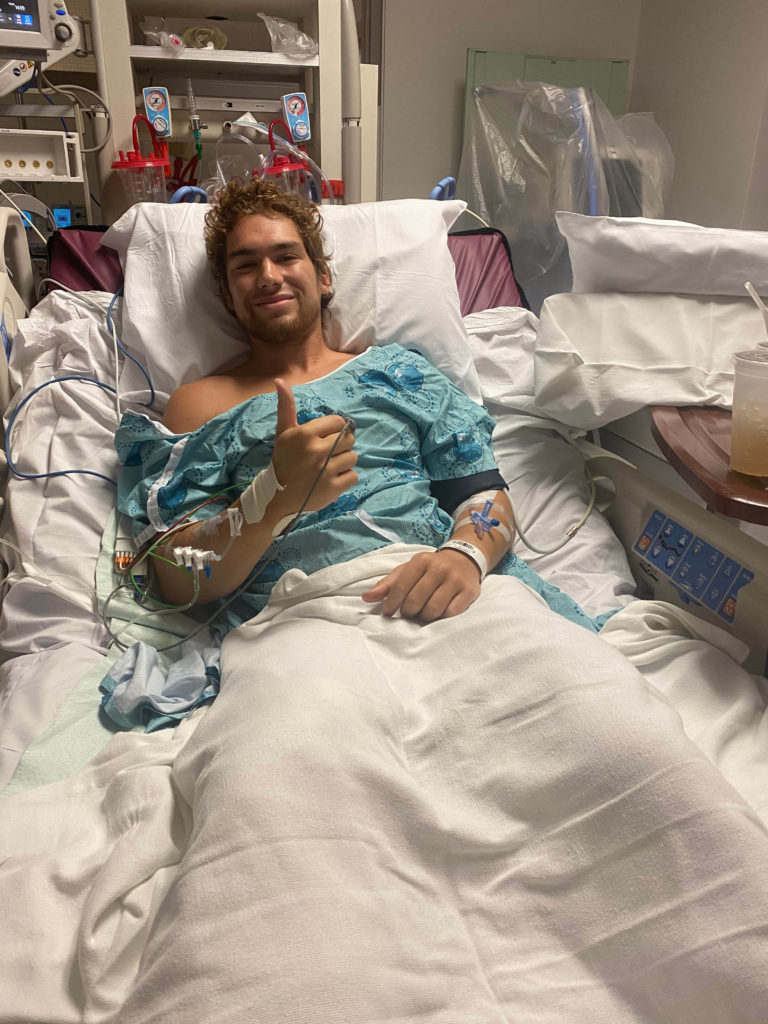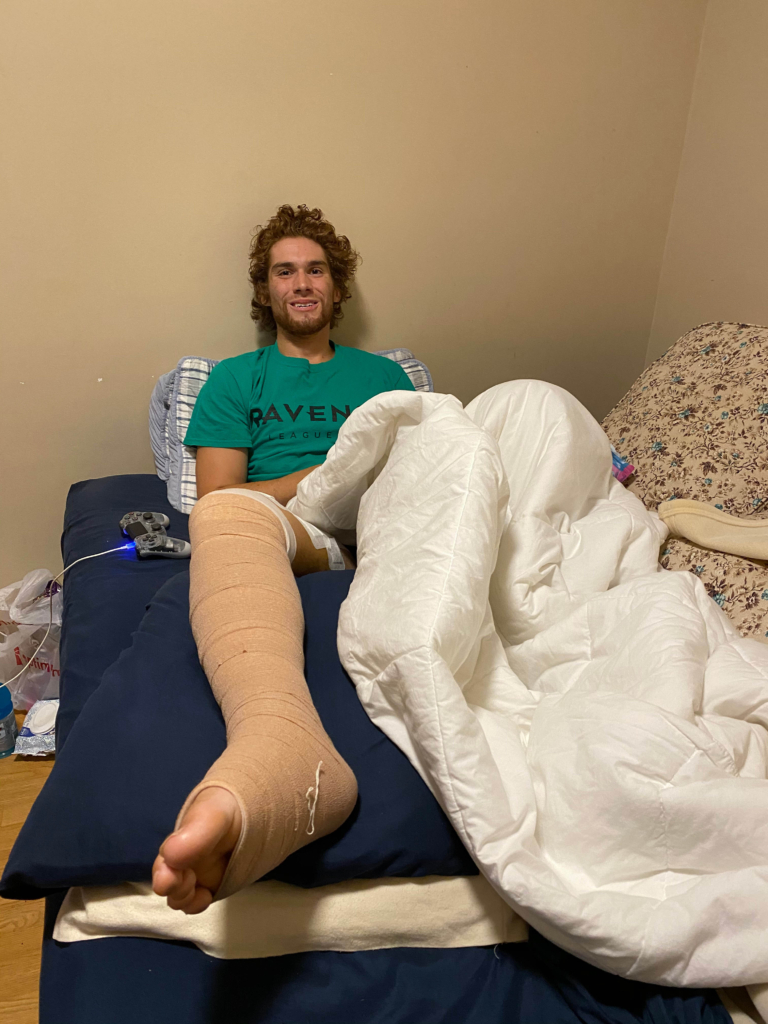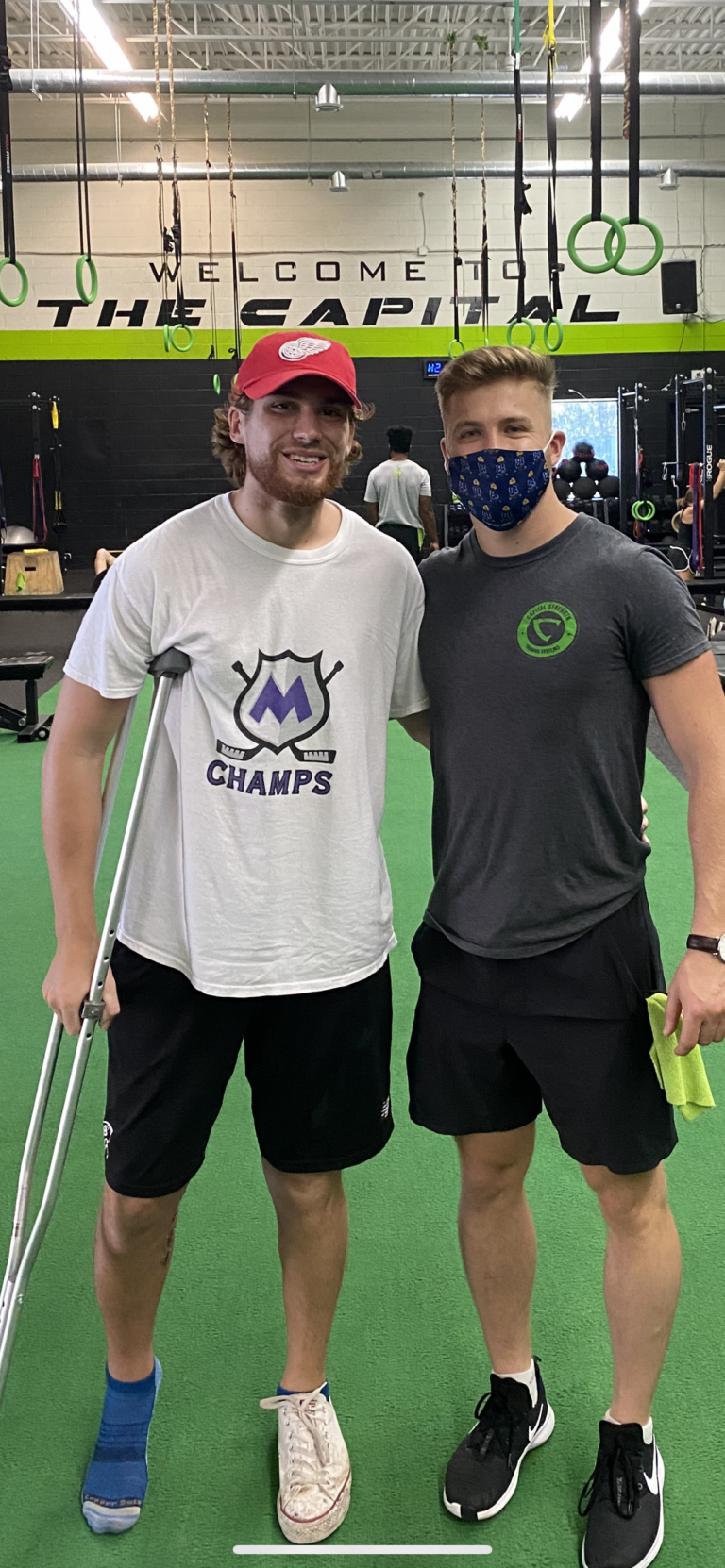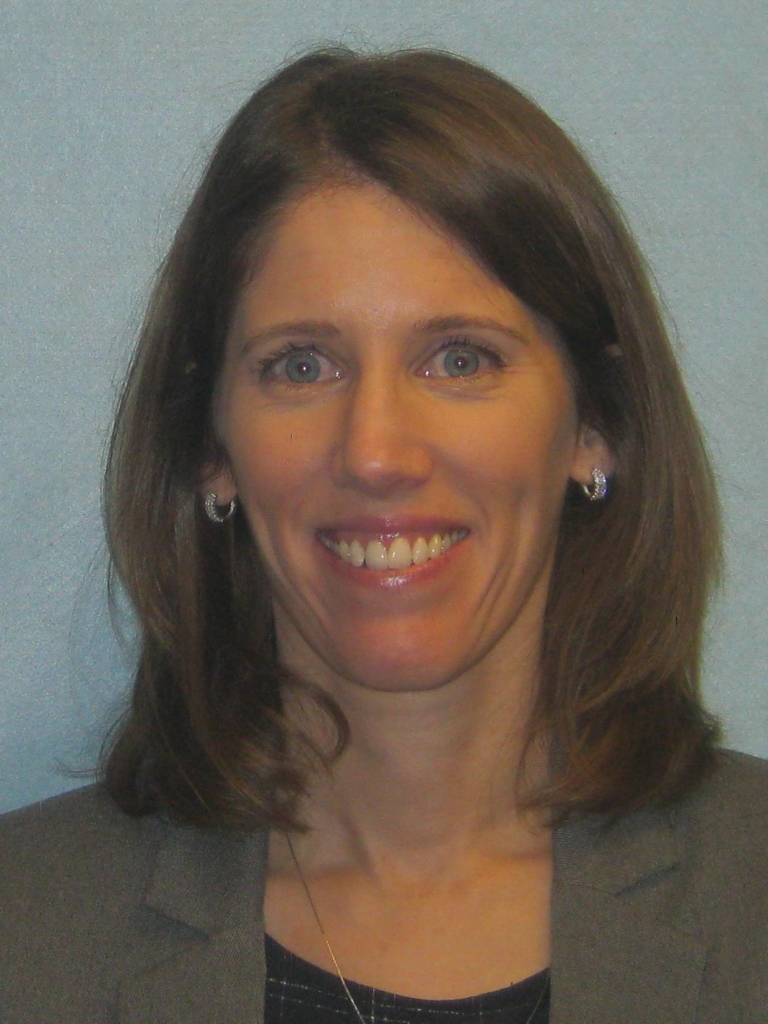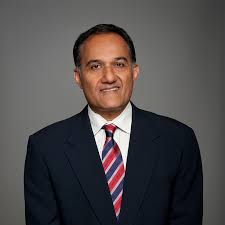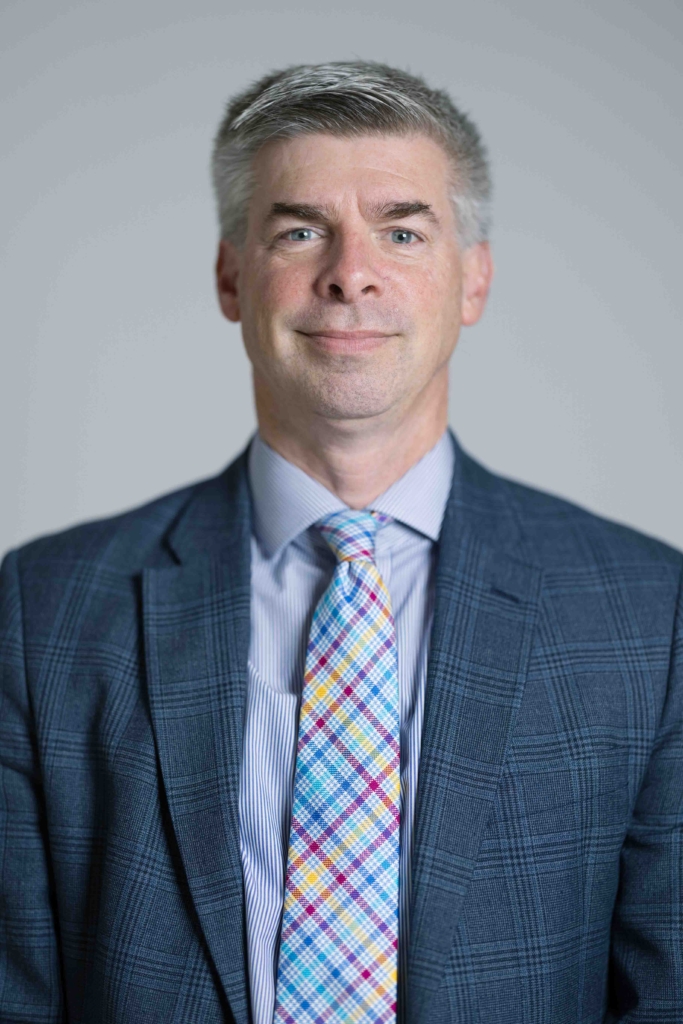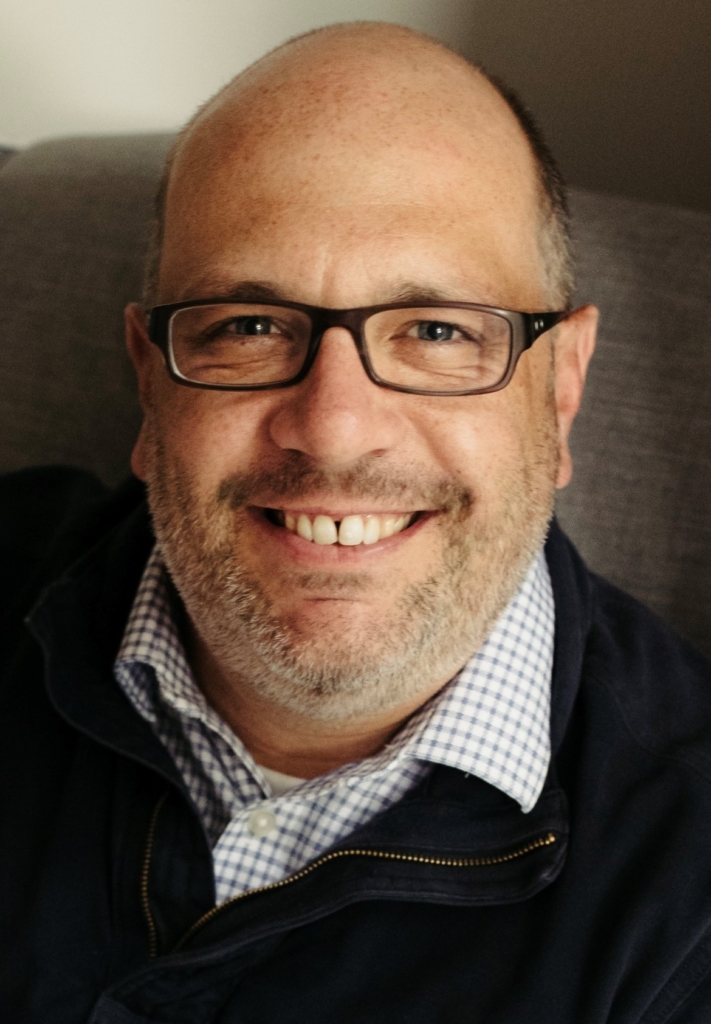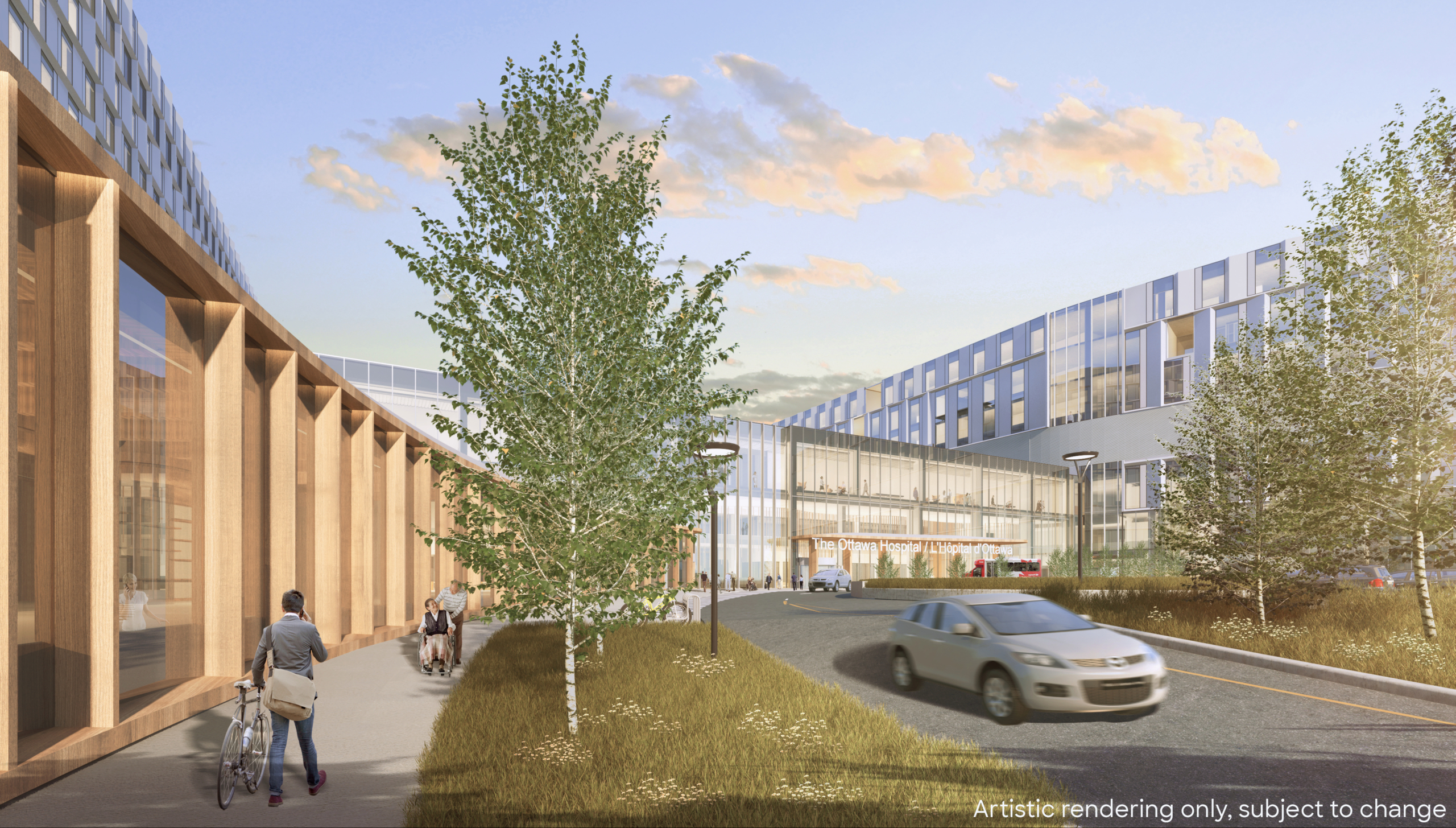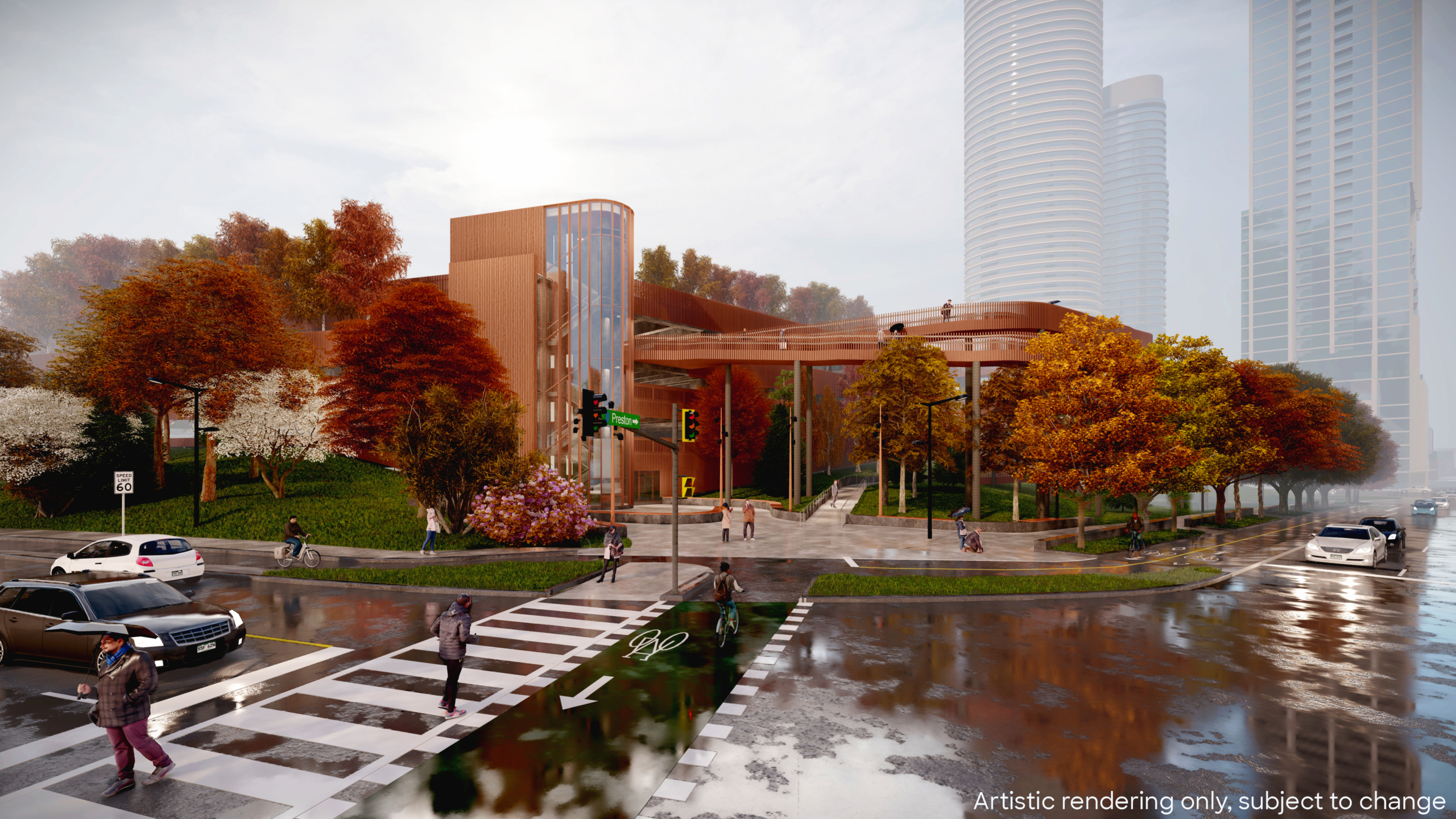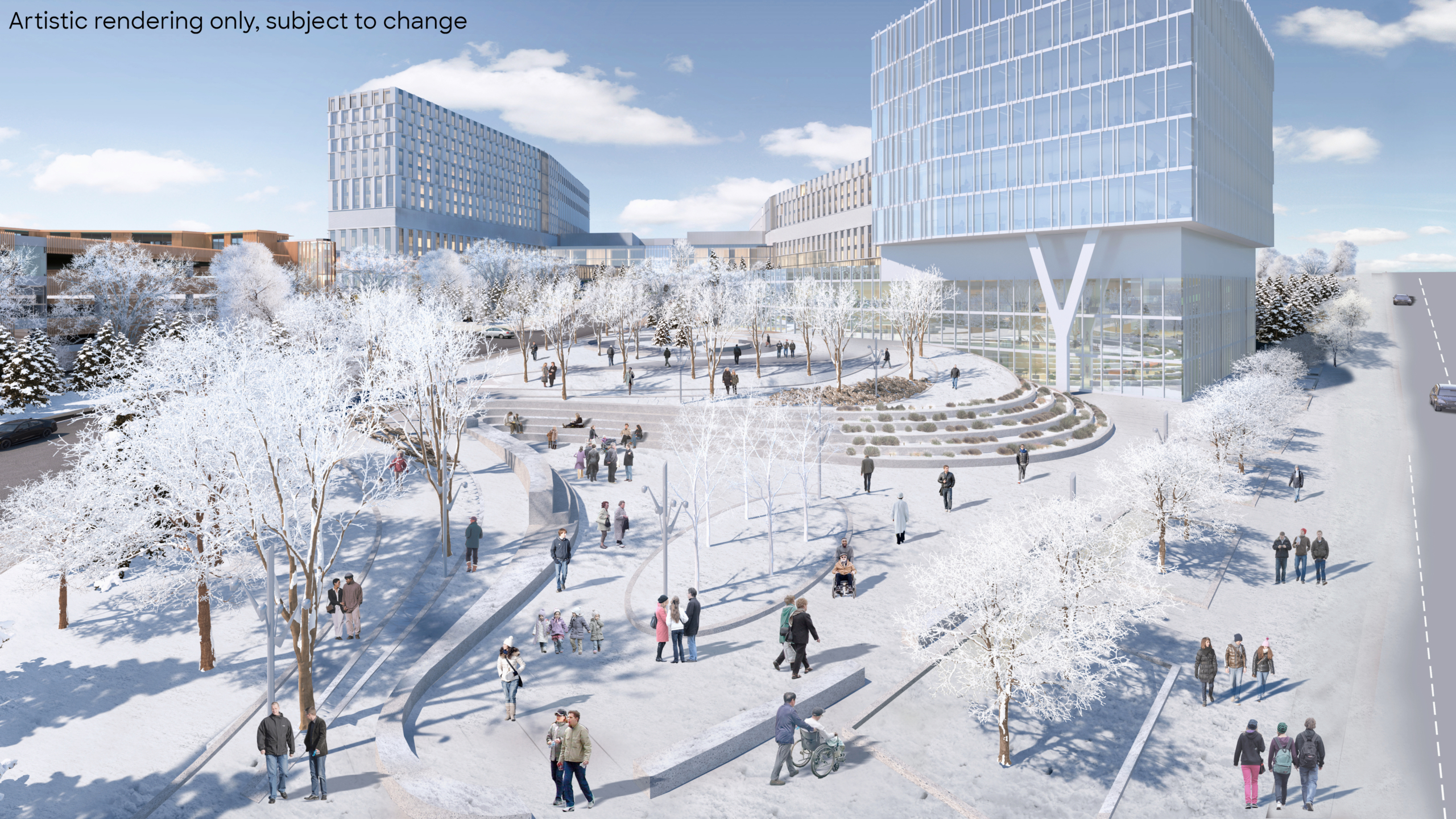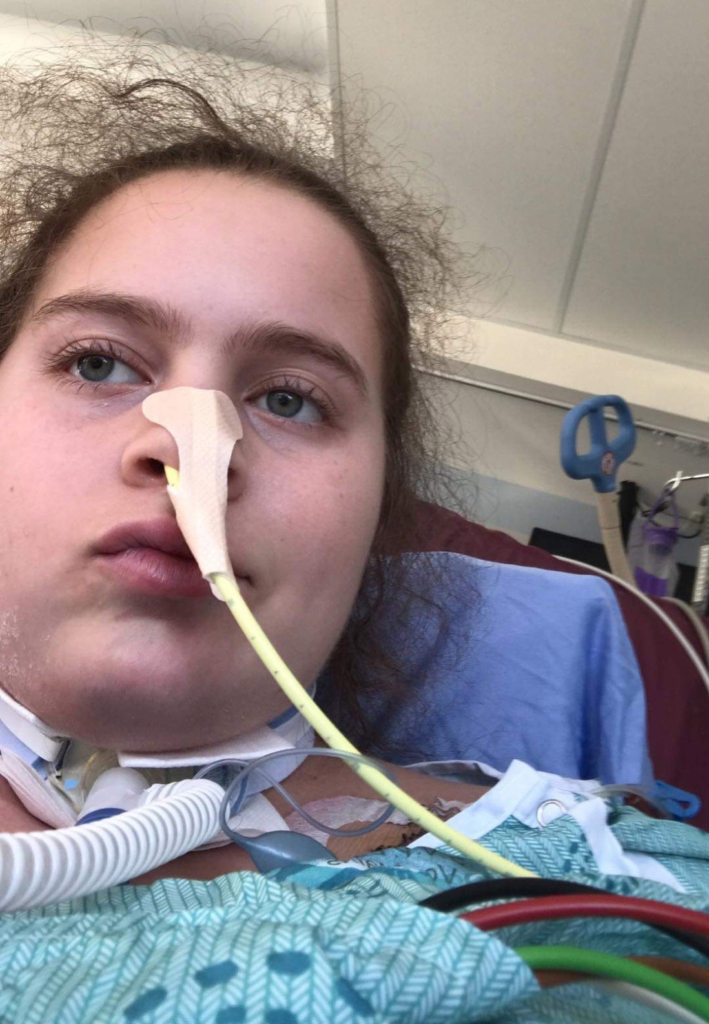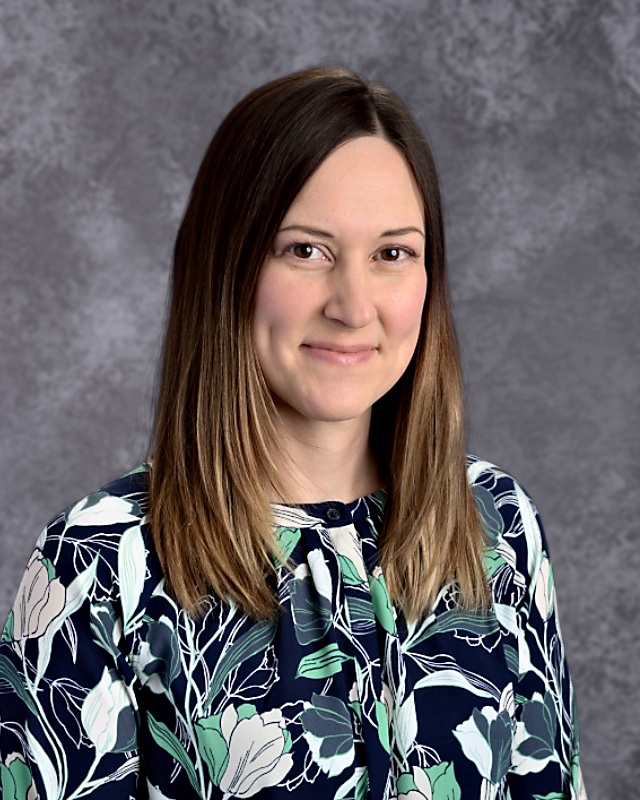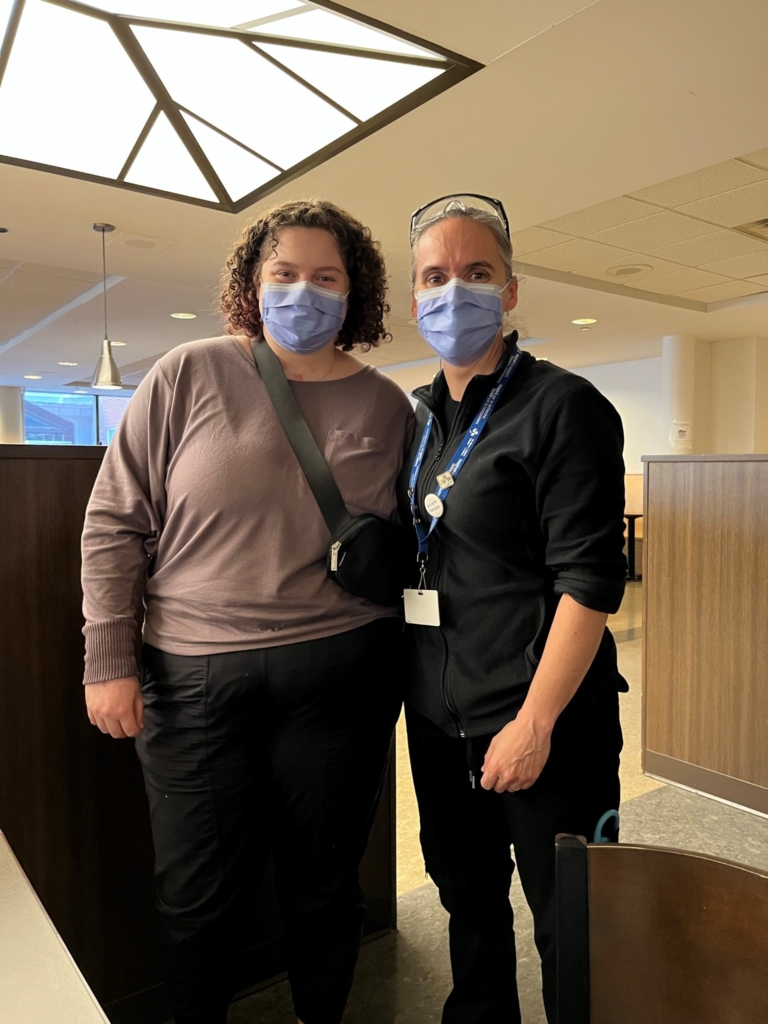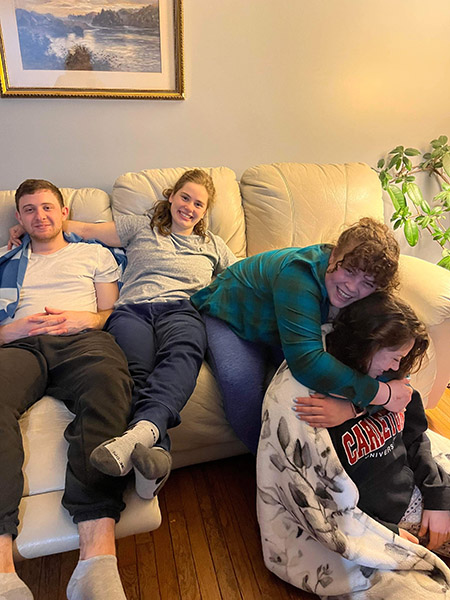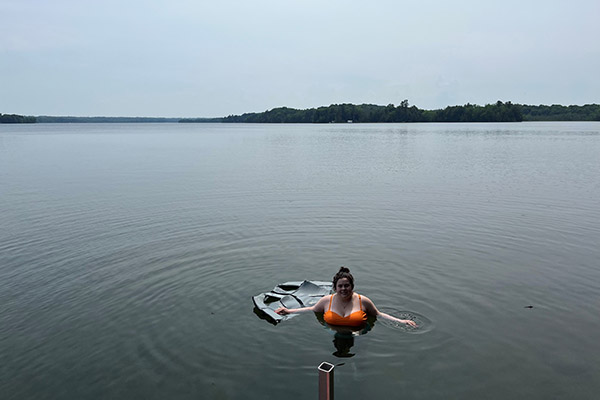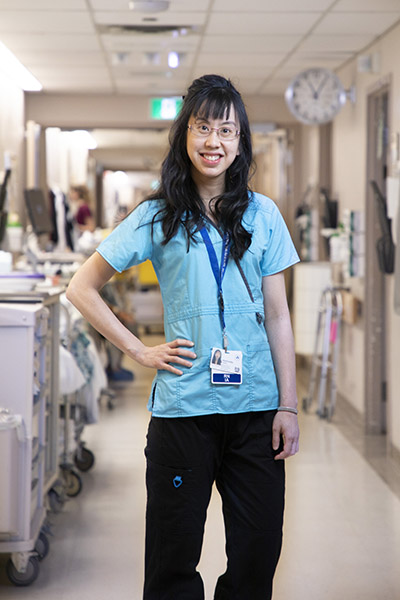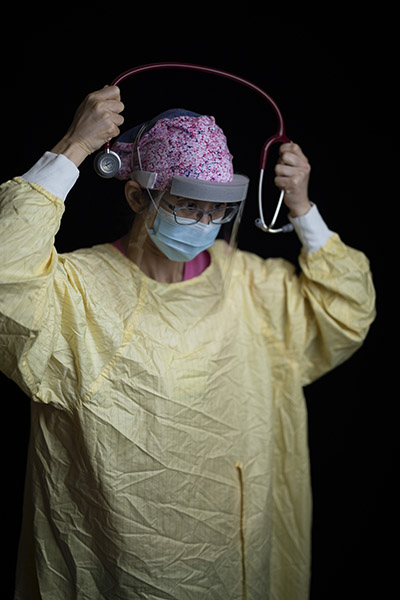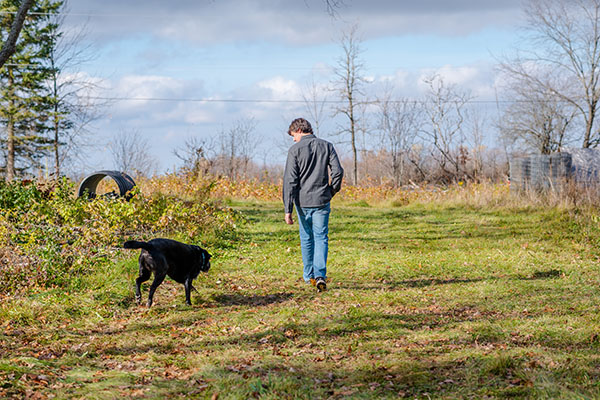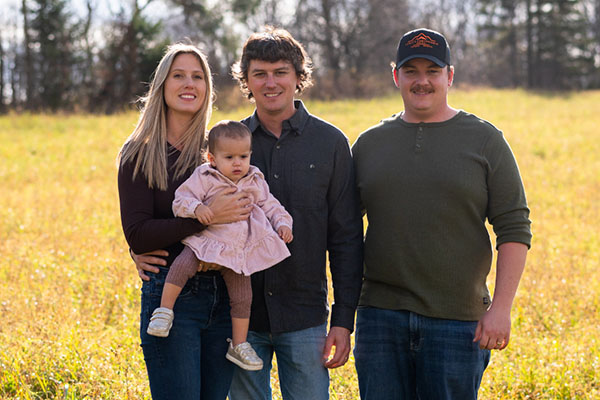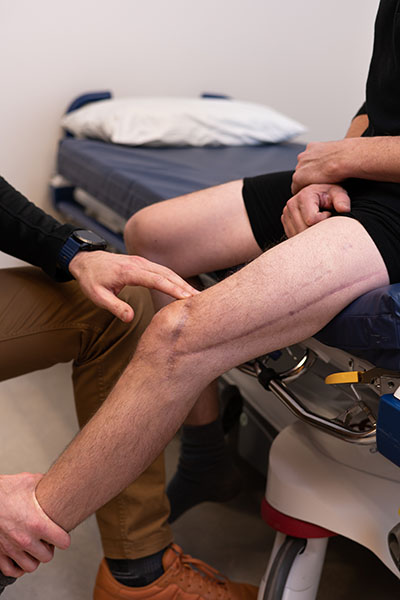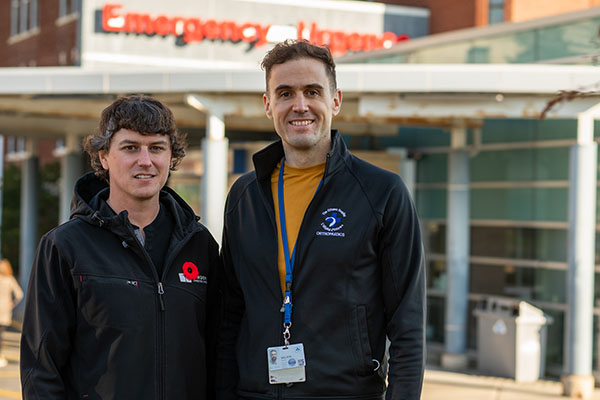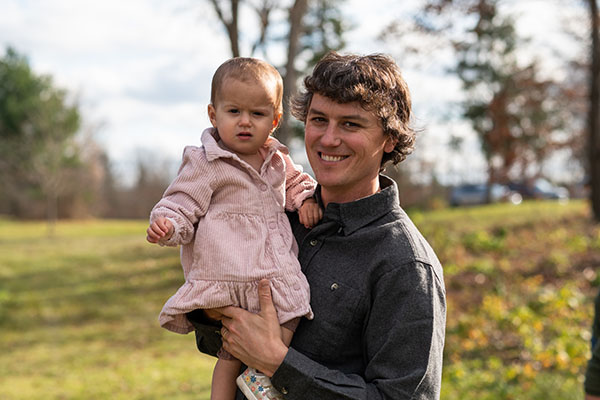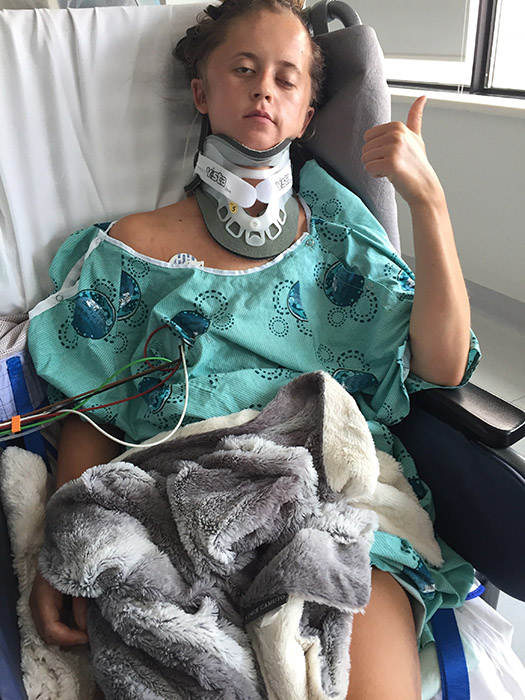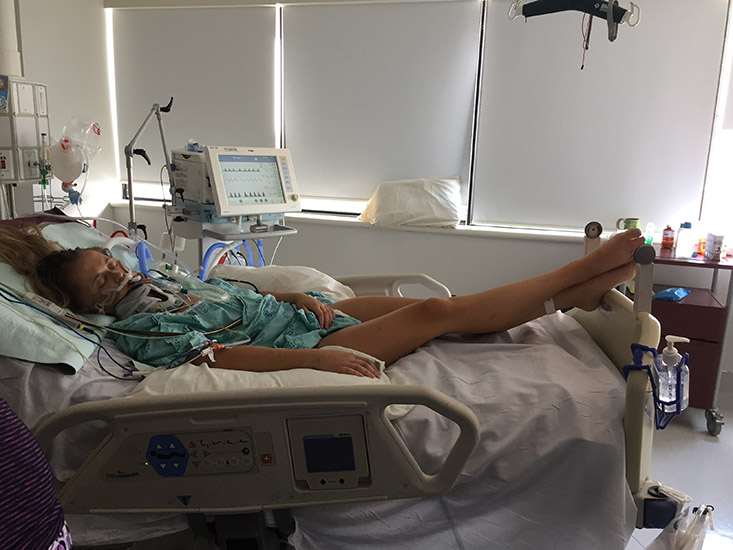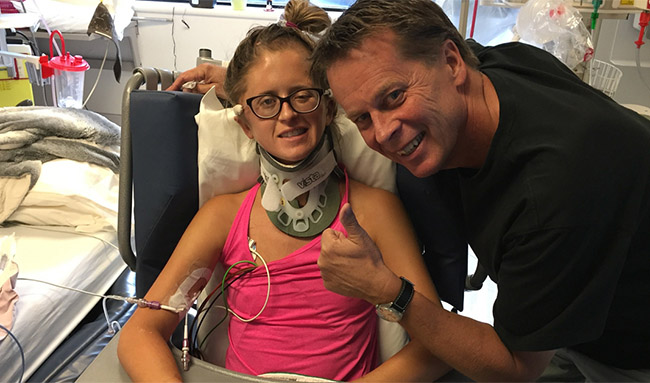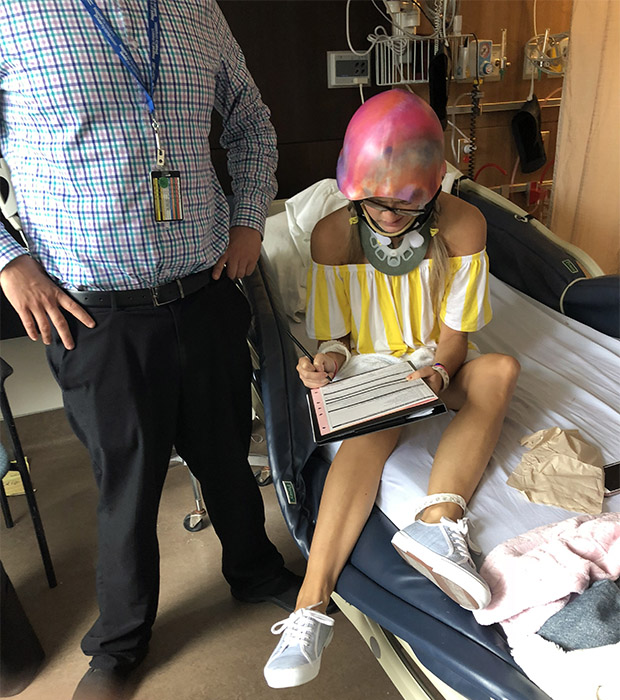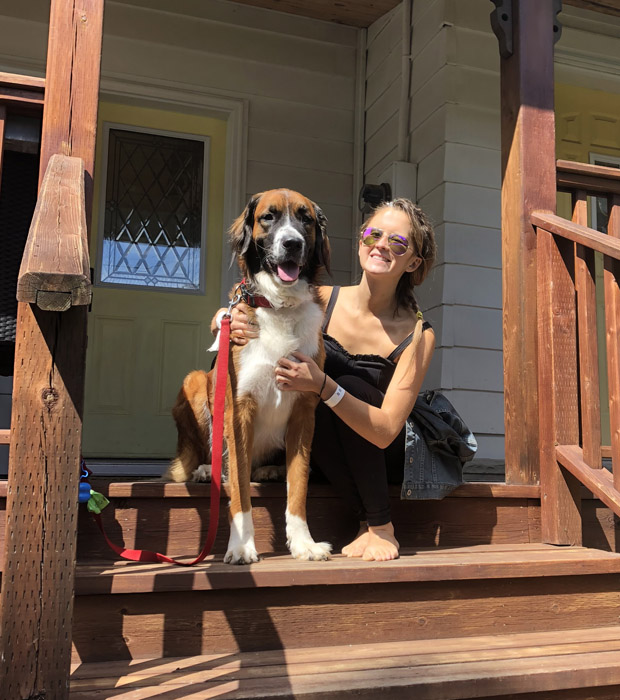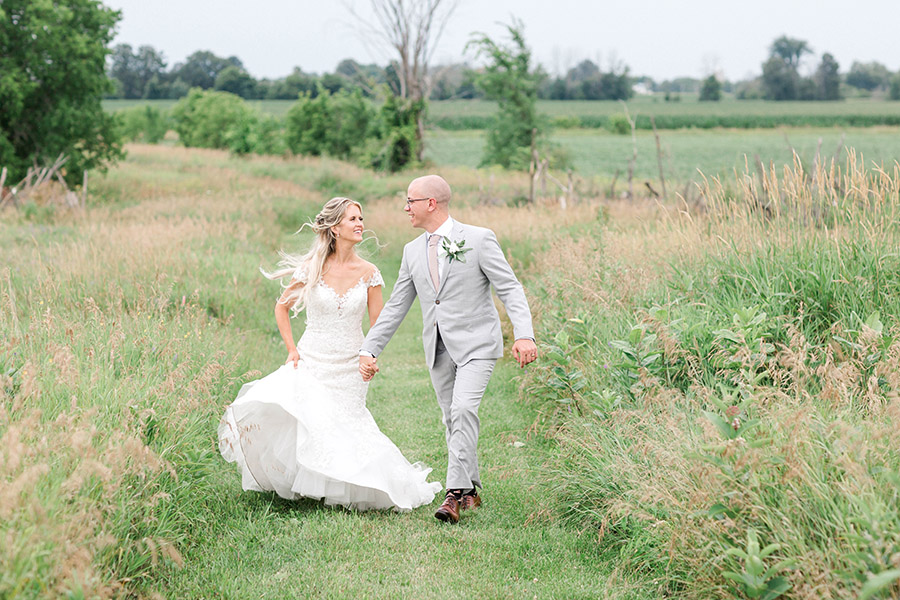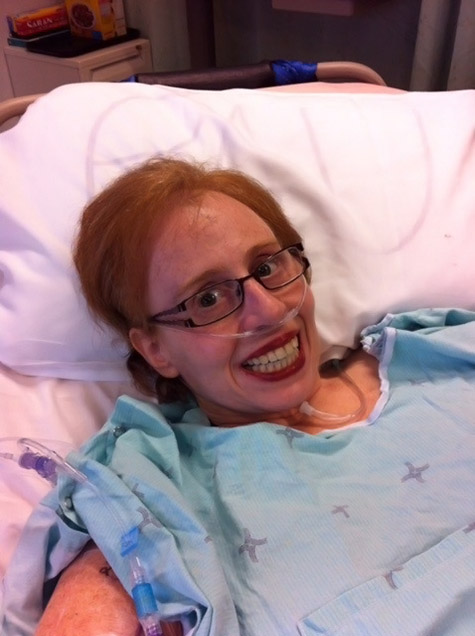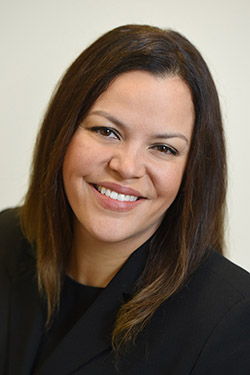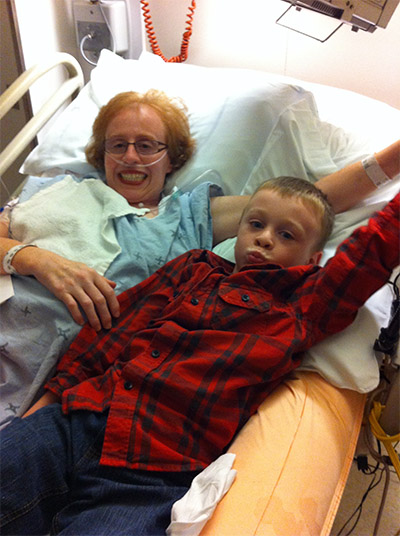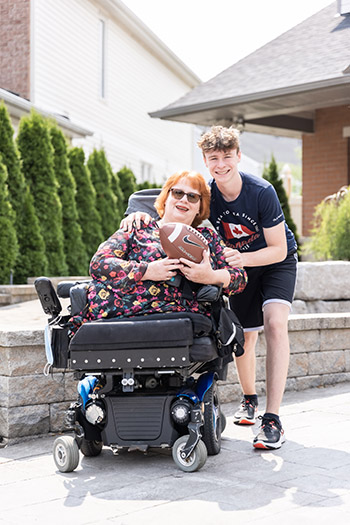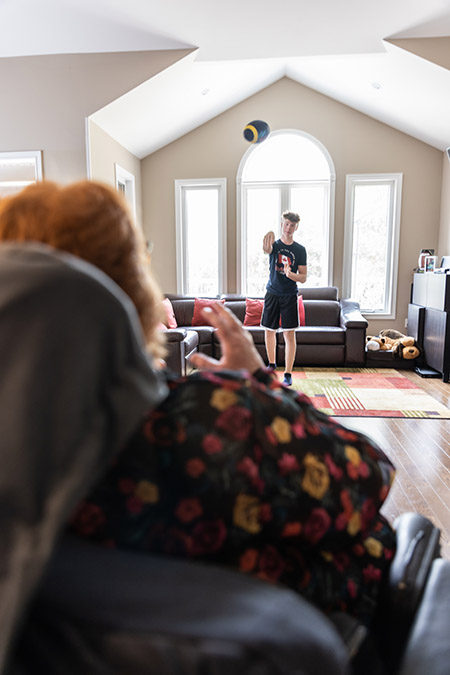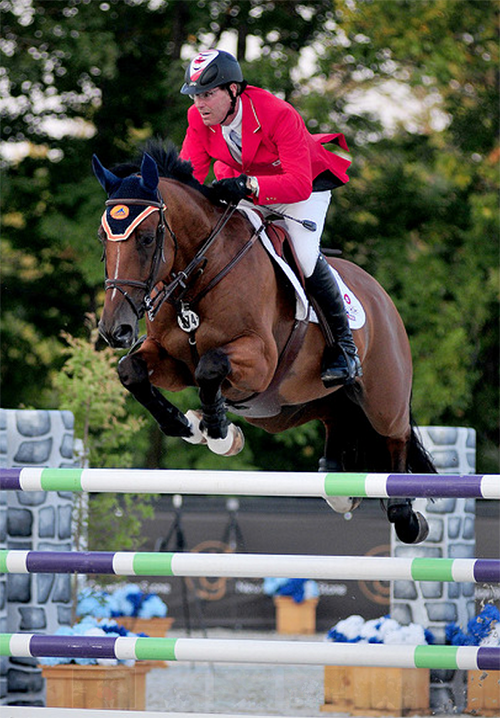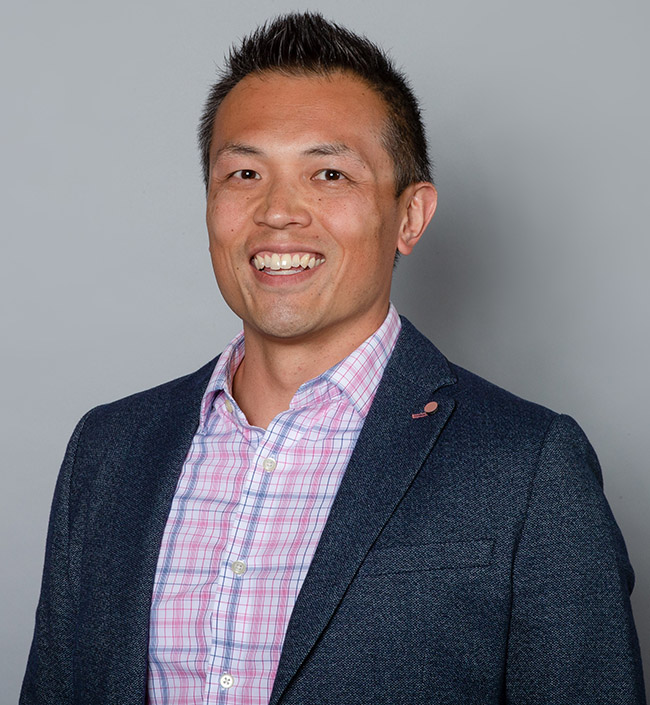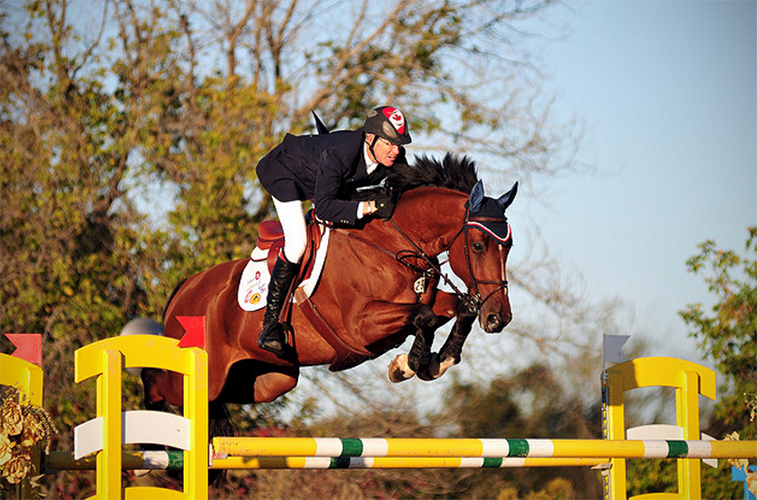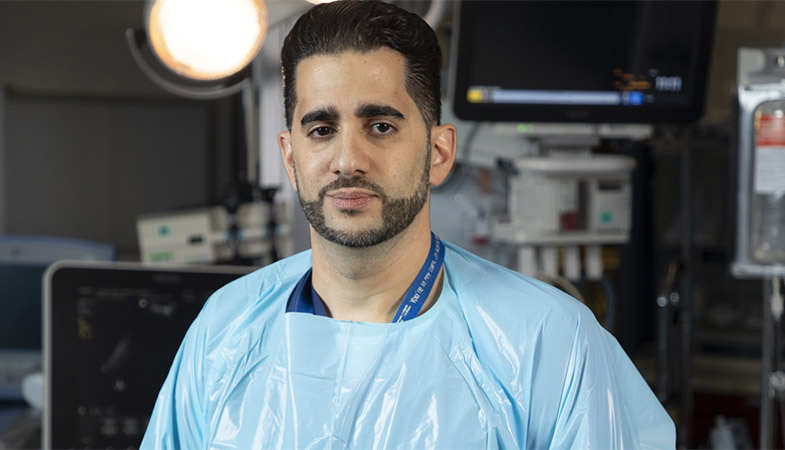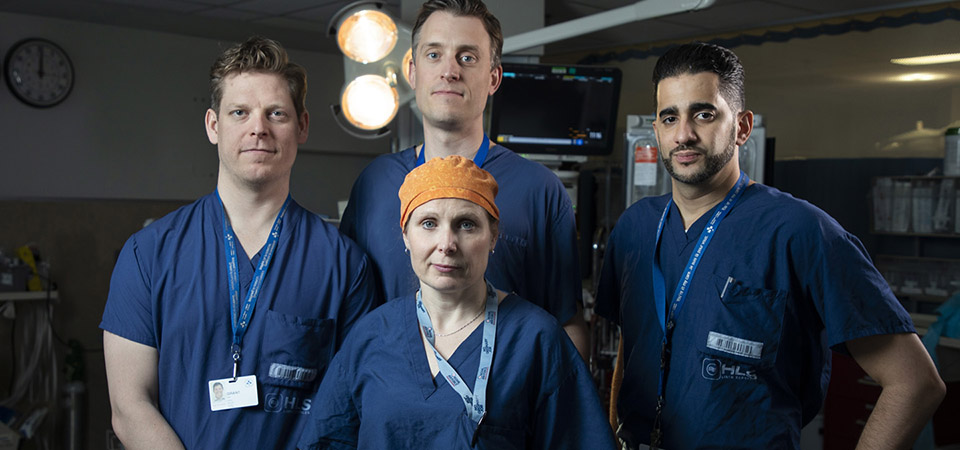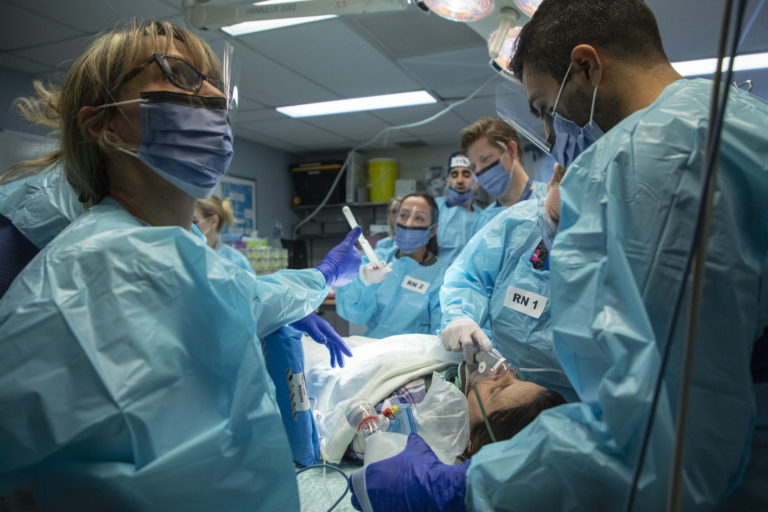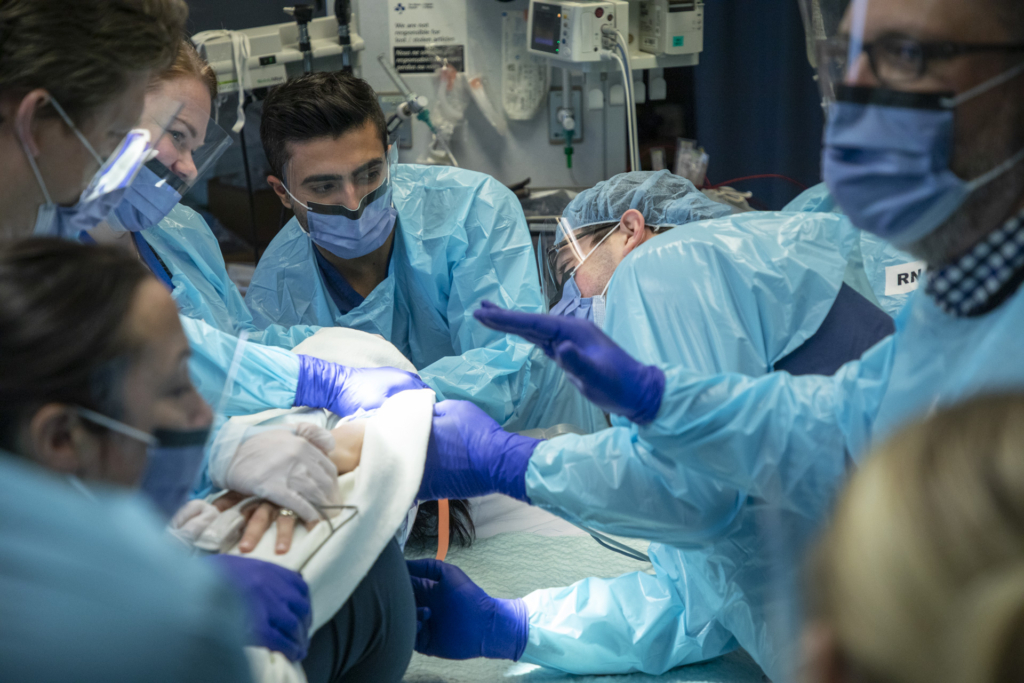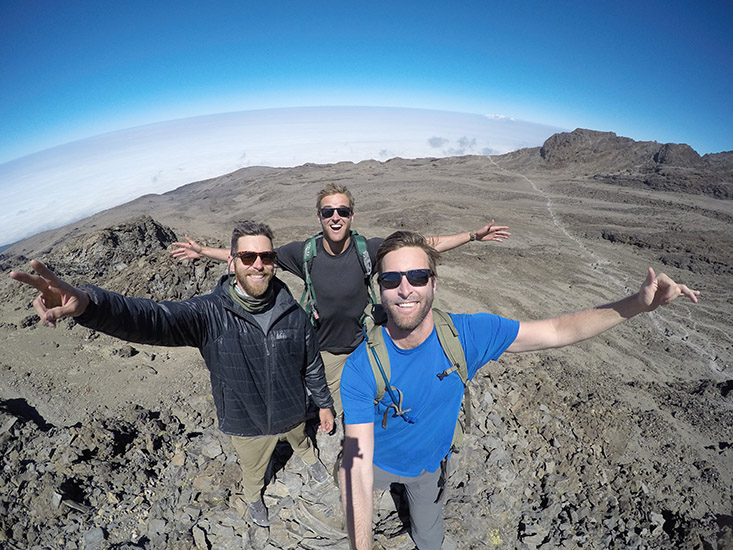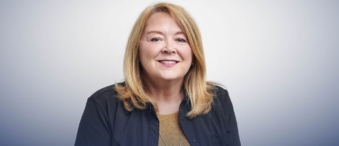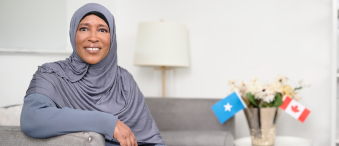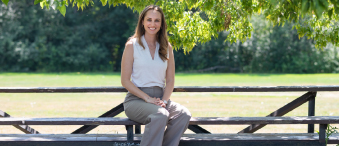Published: November 2025
Read time: 2:30 mins
Published: November 2025
Read time: 2:30 mins
Hiis Sofa shares her story about a car accident that sent her to The Ottawa Hospital Trauma Centre with life-threatening injuries in 2019. This is Hiis’ story, told in her own words.
When they say life can change in the blink of an eye — I am living proof of that. I am proof that when there are catastrophic injuries from a car crash, you will want the best available talent ready and waiting for you. There are events in life that happen that are unplanned, but knowing there’s a highly skilled and specialized trauma team at The Ottawa Hospital ready — at any time of day — is a truth I now understand to be absolutely vital to every resident of our region.
On that cold winter Sunday morning in February 2019, I was driving to my local mosque to collect books for a colleague. I was scheduled to work with her the next day, and she had expressed an interest in learning about the Islamic faith.
Trauma team ready
Unfortunately, I never made it to the mosque. On my way there, another car struck mine head-on. The next thing I remember is waking up in the ICU at the Civic Campus of The Ottawa Hospital.
I have no memory of the collision itself, but I was told the emergency responders were incredible. They spent about 30 minutes working to free me from the wreckage before rushing me to the Trauma Centre, which I later learned is the only adult Level 1 trauma centre in the region.
"I arrived at the hospital in critical condition — I was unconscious and had sustained over a dozen fractures and a traumatic brain injury."
— Hiis Sofa
I arrived at the hospital in critical condition — I was unconscious and had sustained over a dozen fractures and a traumatic brain injury.
When I regained consciousness a few days later, my daughter explained what had happened. One of the first things I asked was, “Did you contact my work?”
It was a small but telling reflection of the deep commitment and passion I’ve always carried for my career as a nurse.
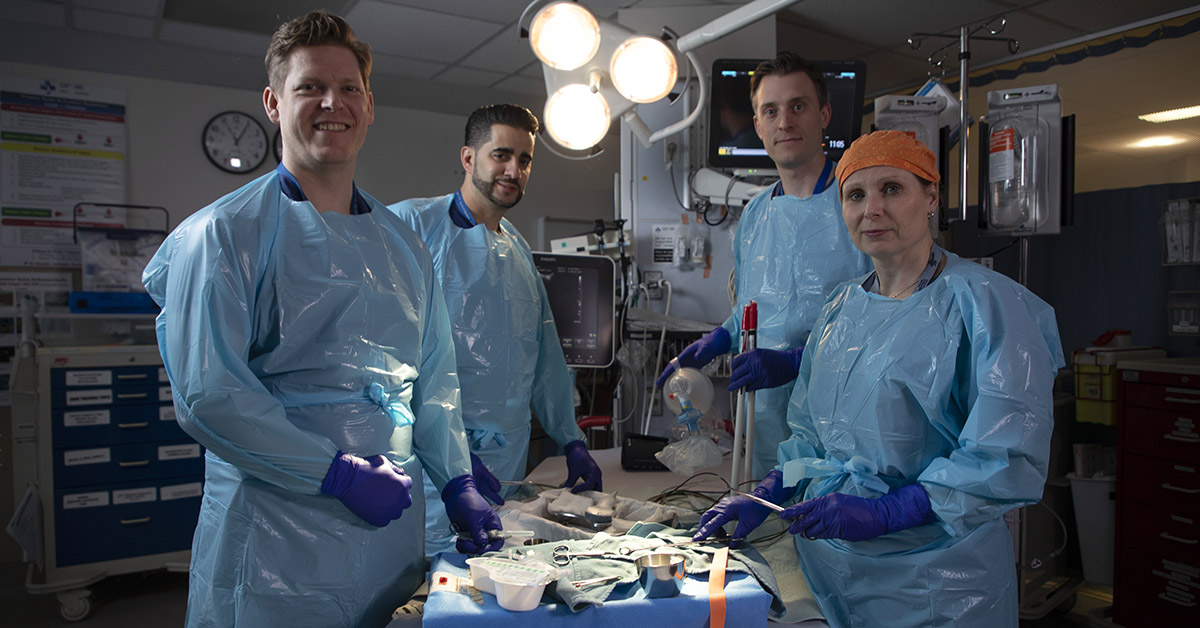
Multiple broken bones results in many surgeries
Later that day, I had the pleasure of meeting Dr. Allan Liew, an orthopaedic surgeon. I had sustained severe injuries to my legs, including both ankles, left hip, and my left femur. Dr. Liew reassured me, with a touch of humour, saying he’d use every tool he could find to fix me up, even if it meant pulling hardware from Lee Valley Tools. It was a lighthearted moment that brought a much-needed smile during an incredibly difficult time.
"It was a lighthearted moment that brought a much-needed smile during an incredibly difficult time."
— Hiis Sofa
I remained at Civic Campus for almost a month and was then transferred to convalescent care at the Perley and Rideau Veterans’ Health Centre until I was healthy enough to begin rehabilitation.
Over a period of three months at The Ottawa Hospital Rehabilitation Centre, a dedicated team guided me through one of the most challenging phases of my recovery. I’ll always remember Susan, my speech pathologist — she was incredible. Not only did she make sure my medical needs were met, but she also respected and supported my spiritual needs. She listened deeply and stood by me every step of the way. I was fortunate to meet so many compassionate people during my time there. Some nurses would even stop by my room just to keep me company, which meant a lot to me.
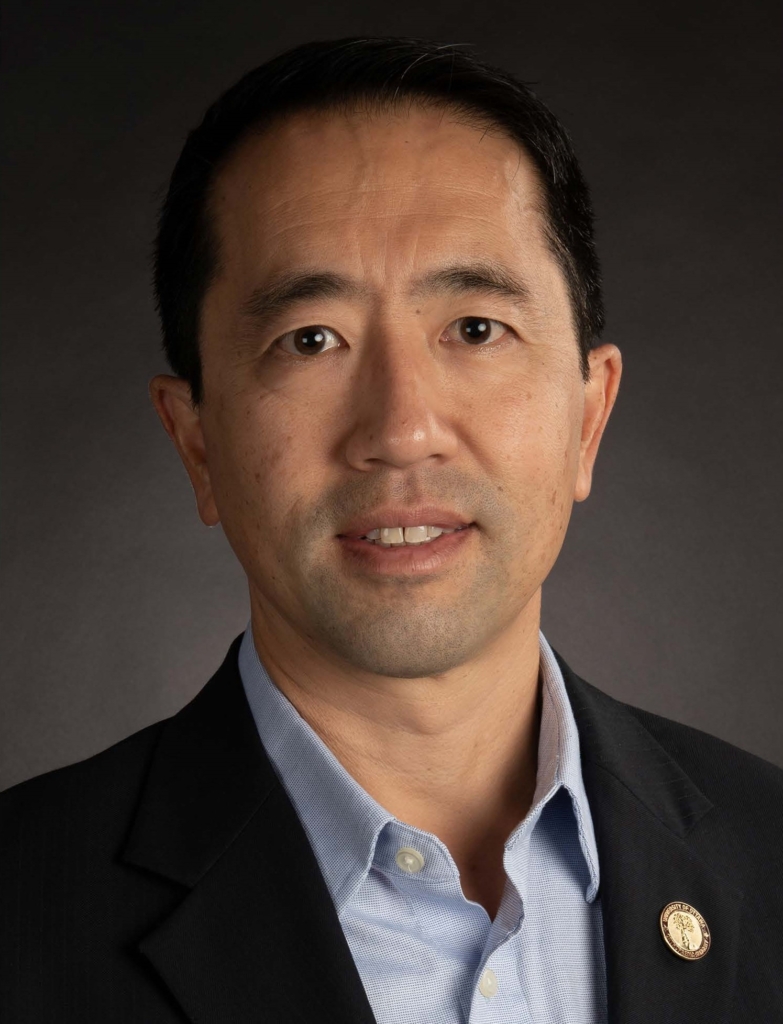
“They cared for me a person — not just a patient”
"I know how demanding the work can be, which made it more impactful that they cared for me as a person — not just a patient."
— Hiis Sofa
Having worked with patients in healthcare myself, it was meaningful to experience care from the other side. I know how demanding the work can be, which made it more impactful that they cared for me as a person — not just a patient.
Throughout this challenging journey, the dedication and compassion of the healthcare staff really stood out to me. From the surgeons who performed complex surgeries to the nurses who cared for me with endless patience, everyone played a crucial role in my recovery. Their commitment to both medical care and emotional support made a huge difference.
Looking back, I’m filled with gratitude for the exceptional care I received. It taught me about resilience, compassion, and the significant impact healthcare professionals can have on someone’s life.
In 2022, during my recovery, I traveled back to Somalia and was struck by the challenges women in rural areas faced. Many lacked access to basic health services and had no opportunities to earn a living. I met women who wanted to support their families but didn’t have the resources or training to do so. These experiences stayed with me. They reminded me how truly fortunate we are to have universal healthcare and access to education here in Canada — things we often take for granted. But they also ignited a new purpose in me.
When I returned home, I began sharing these stories with friends and family — and by May 2022, I was moved to act. That same year, I founded Kalkaal Community Development, a grassroots initiative focused on empowering women and children in rural East Africa.
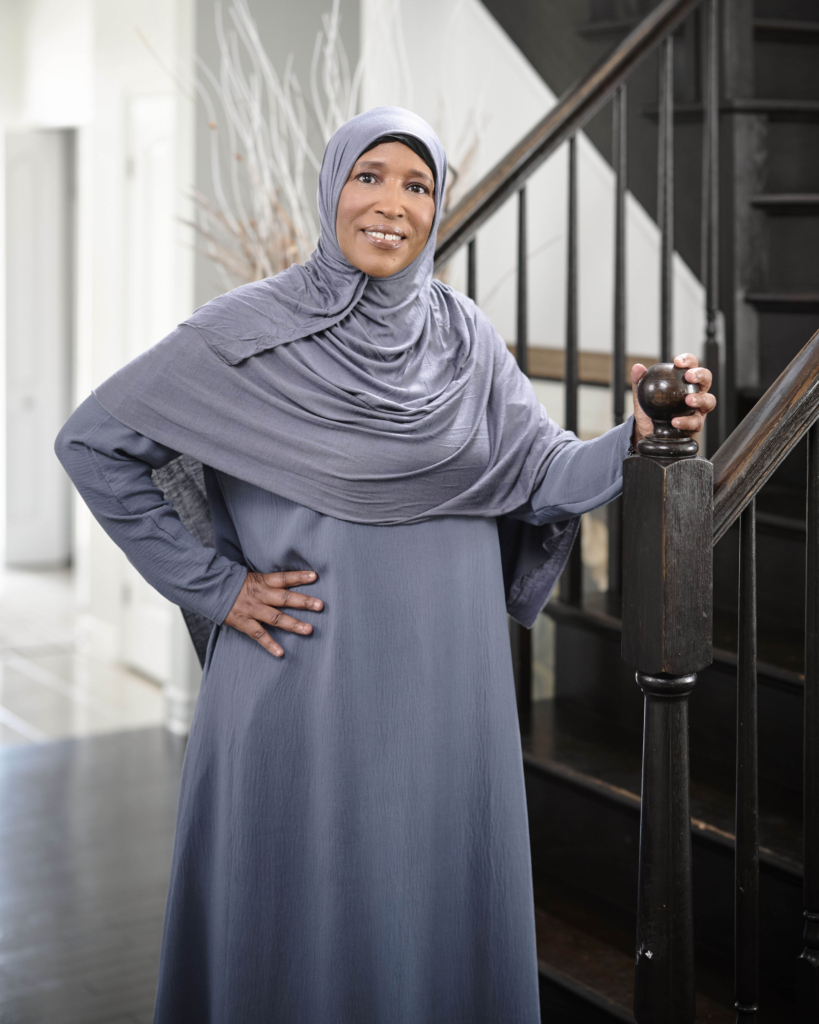
Donating to the hospital that saved me
It was after my 11th post-operative appointment at the orthopaedic clinic at the Civic Campus that I realized many of the surgeons who had operated on me weren’t around that day, and I didn’t have a chance to thank them directly.
As I was leaving the unit, I saw a sign for The Ottawa Hospital Foundation. I knocked on the door and a kind young woman answered. When I asked if they accepted donations, she said yes — and I felt an overwhelming sense of relief.
"Although my recovery remains a lifelong journey, I wouldn’t have made it this far without the extraordinary people who surrounded me every step of the way."
— Hiis Sofa
There’s a teaching in Islam from the Prophet Muhammad (peace be upon him): “Whoever does not thank the people has not thanked Allah.”
That day, I knew I had found a way to express my gratitude. I’ve since committed to giving back — both to my birth country and to my adopted home here in Canada.
Although my recovery remains a lifelong journey, I wouldn’t have made it this far without the extraordinary people who surrounded me every step of the way. First, I’m grateful to Allah, the Creator of the universe, the heavens, and everything in between. I’m also deeply thankful for the first responders and the orthopaedic surgeons for their expertise. Special thanks go to Dr. Liew, Dr. Paul Kim, and Dr. Karl Lalonde, whose care and reassurance brought me both healing and hope.
I’m endlessly grateful to my children, Hamdi, Shukri, Nima, Najma, and Ilyas — and to my brother Mohamed, who stood by me with unwavering strength and love.
And to my incredible rehab team including Dr. Shawn Marshall and occupational therapist Tammy Kyle — thank you for guiding me through some of the most difficult, yet transformative, days of my recovery. Your support and service will never be forgotten.


